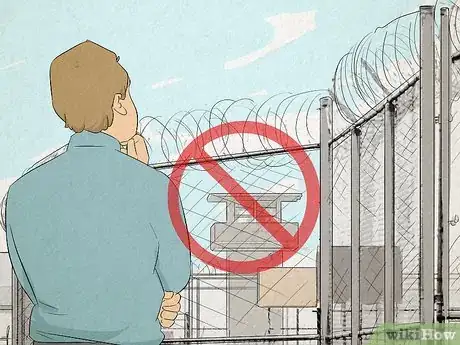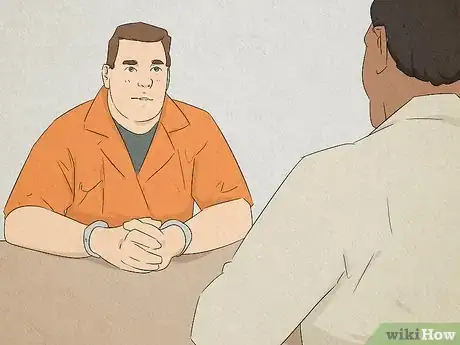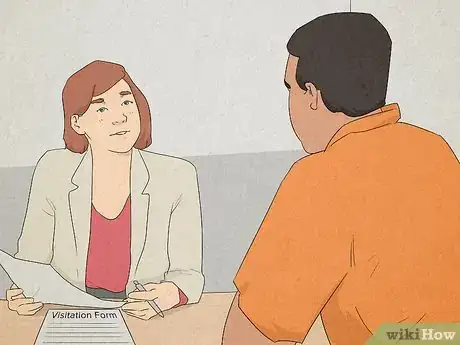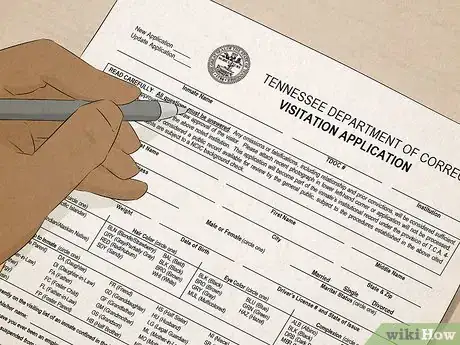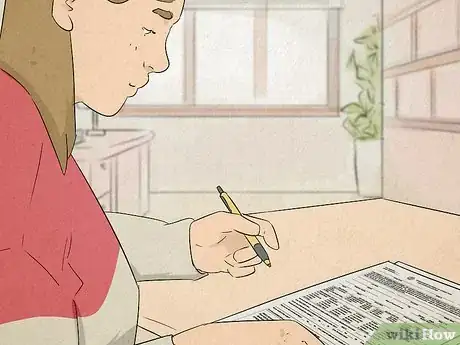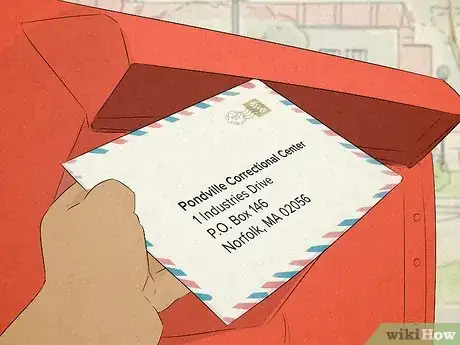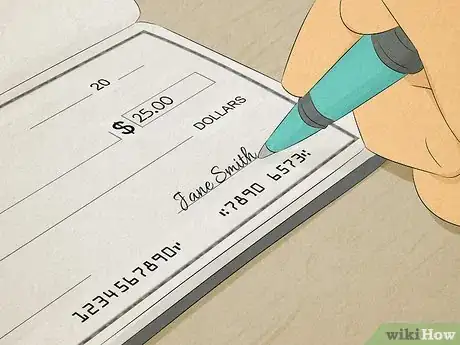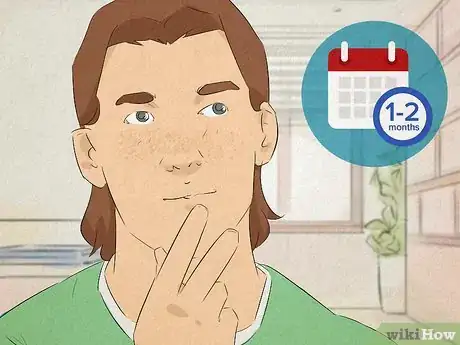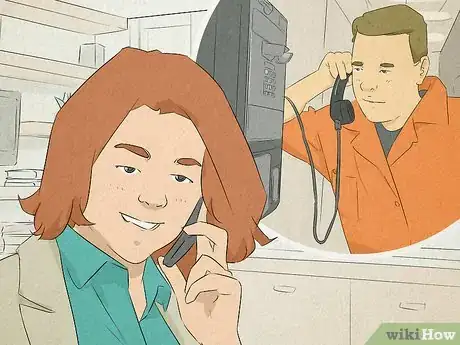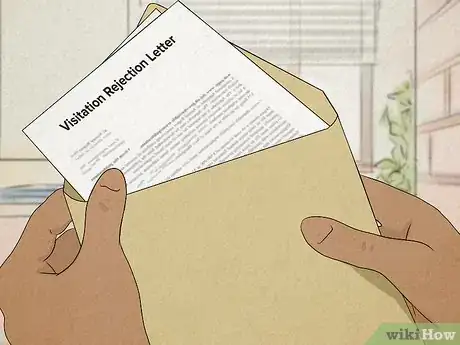This article was co-authored by Jennifer Mueller, JD. Jennifer Mueller is an in-house legal expert at wikiHow. Jennifer reviews, fact-checks, and evaluates wikiHow's legal content to ensure thoroughness and accuracy. She received her JD from Indiana University Maurer School of Law in 2006.
This article has been viewed 9,913 times.
When someone you love is incarcerated, visitations are an important way to keep in contact with them and maintain your relationship. At the same time, prison visitation can be confusing and scary, and the visitation form can seem daunting. Fortunately, you only need to fill out the visitation form once. We've compiled the answers to all of your most common questions about filling out a visitation form so you can make sure you've completed and submitted it correctly.[1] X Research source
Steps
Can I just show up to visit someone in prison?
-
No, your visit must be approved by the Department of Corrections. While prison visits are important, they're also heavily restricted. Even if you're the inmate's parent or spouse, the prison still has to approve you before you can come visit.[2] X Research source
- Some prison systems allow emergency or hardship visits, usually to accommodate a visitor who has traveled more than 250 miles to get to the prison. However, don't rely on this accommodation. Do everything you can to have the visit approved before you make travel plans.
Who is eligible to visit someone in prison?
-
Generally, immediate family members and friends can visit prison inmates. Specific eligibility requirements vary among prison systems and prisons do have broad discretion in admitting visitors. Even if you're an immediate family member, something in your past might lead the warden to believe you're a security risk.[3] X Research source
- Visitors under 18 must be accompanied by their parent or legal guardian, who must be approved as a visitor.
- Most prison systems require the inmate to approve your visit before you can even apply. If the inmate doesn't want to see you, there's no way to force a visit.[4] X Research source
How do I get a visitation form?
-
Ask the inmate to send you a visitation form. In most prison systems, the inmate originates the visitation request. The inmate can get a visitation form from the prison, fill out a portion of the form, and send that form to you.[5] X Research source
- In some prison systems, you can download a form online and fill it out on your own. Check the website of the prison system where the inmate is housed to see if this is an option.[6] X Research source
What info does the form require?
-
The form requires information about you and your relationship to the inmate. Generally, you'll provide your name and contact information along with a physical description of yourself. You'll also be asked specific questions about your background that might affect your approval, such as whether you've ever been suspended from prison visitation and whether you've been convicted of a felony.[7] X Research source
- Most forms also require you to attach a passport-sized photo of yourself. You can get an appropriate photo made at most photo kiosks in discount stores or pharmacies for a few dollars.
- If there are several members of your family who want to visit the inmate, each of you must fill out a separate application.[8] X Research source
What if there are questions I don't want to answer?
-
If you leave any questions blank your application will be rejected. You are legally required to answer all questions on the visitation form, even if you think your answer might result in your visitation not being approved. If there's something you think might lead to your application being rejected, you might add an explanation.[9] X Research source
- For example, if you were convicted of a felony many years ago but are now rehabilitated, you might mention the work you do in your community to emphasize that you've changed your life.
- The prison will verify the information you provide on the form. Make sure all your answers are complete and accurate to the best of your knowledge.
- If there are any questions you don't understand or don't know how to answer, contact the prison for guidance. Don't simply leave the question blank.
Where do I send my completed form?
-
Typically you mail the form to the institution where the inmate is housed. The address of the institution is usually listed on the visitation form. If you can't find it, check the prison system's website for the appropriate address or ask the inmate where you should mail it.[10] X Research source
- Don't mail the form back to the inmate unless the form specifically tells you to do so. Most prisons won't process visitation forms that are sent to the inmate.
- Don't send any correspondence intended for the inmate along with your visitation form. It won't be forwarded to the inmate.
Does it cost anything to apply for prison visitation?
-
Some states charge a fee to cover the background check. If there's a fee associated with your application, the amount and methods of payment accepted will be listed on the form. This payment covers a criminal background check and is usually around $25.[11] X Research source
- If a fee is required and isn't included with your application, the prison will typically simply deny your application and you'll have to start the process all over again.
How long will it take to get approval?
-
Applications are usually processed within 60 days. The decision on your application is typically communicated to the inmate, who then has the responsibility to tell you. So even if the prison has made a decision on your application, it might still be some time before you find out the result, depending on how often you talk to the inmate.[12] X Research source
- If it's been more than 2 months and you haven't heard anything about the status of your application, contact the inmate as soon as possible and ask them if they've heard anything about it.
How will I find out if I've been approved for visitation?
-
Most prison systems tell the inmate when a decision has been made. When the warden makes a decision, they'll let the inmate know. Then, the inmate is responsible for telling you. If your application was denied, you'll likely also get a letter in the mail outlining the reason for the denial.[13] X Research source
- If the prison is going to notify you directly, expect a letter in the mail within 30-60 days of the date the application was received. You can't set up a visitation until you get this approval.
Who has the final say on my visitation request?
-
In most prison systems the warden has the final say on visitation applications. The warden reviews your application and a background check (if completed) to determine if you should be allowed to visit the inmate. The warden will take into account your relationship to the inmate as well as the particular needs of the prison.[14] X Research source
What if I'm not approved for visitation?
-
Some prison systems have an appeals process if you're not approved. If there's a way to appeal your denial, you'll usually find instructions on the denial letter you got in the mail. You can also check on the website for the prison system.[15] X Research source
- Look at the reasons given for the denial and show in your appeal how those reasons are wrong. For example, if you were denied visitation because you've been convicted of a felony, you might present evidence that you've been rehabilitated, haven't offended since that conviction, and do good work in your community.
How do I set up a visitation after approval?
-
Contact the prison to schedule an appointment to visit. Prisons are typically open for visitation on weekends and some holidays. However, since it can take a couple of hours to get through security, visits are usually staggered so there isn't a backup. Most prisons have a specific visitation number you can call to find out the visitation hours and schedule an appointment.[16] X Research source
- If you're visiting an inmate who is restricted to non-contact visitation, an appointment is usually required. For other inmates, you might not need an appointment—it depends on the rules of the specific institution.
Warnings
- This article discusses prison visitation in the United States. If you live in another country, the rules might be different. Talk to the prisoner about it—they can find out more information to pass on to you.⧼thumbs_response⧽
- While this article covers likely scenarios for prison visitation, the specific rules vary from state to state. Talk to the prisoner you want to visit and always rely on the information you receive directly from the prison where they're housed.⧼thumbs_response⧽
You Might Also Like




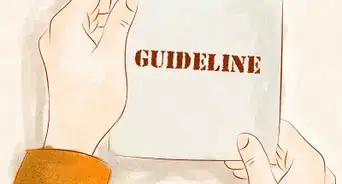
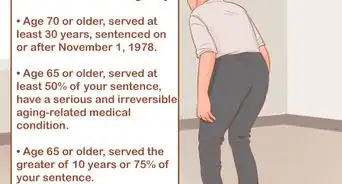





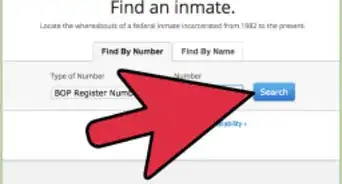
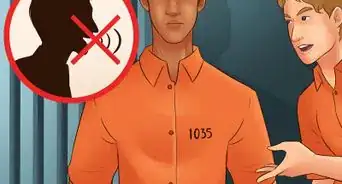

References
- ↑ https://www.cdcr.ca.gov/visitors/inmate-visiting-guidelines/
- ↑ https://www.cdcr.ca.gov/visitors/inmate-visiting-guidelines/
- ↑ https://www.tn.gov/correction/sp/visitation/guide-to-submit-visitation-form-for-an-adult.html
- ↑ https://www.cdcr.ca.gov/visitors/inmate-visiting-guidelines/
- ↑ https://www.bop.gov/inmates/visiting.jsp
- ↑ http://www.dc.state.fl.us/ci/visit.html
- ↑ https://www.tn.gov/content/dam/tn/correction/documents/visitationform.pdf
- ↑ http://www.dc.state.fl.us/ci/visit.html
- ↑ https://www.tn.gov/content/dam/tn/correction/documents/visitationform.pdf
- ↑ http://www.dc.state.fl.us/ci/visit.html
- ↑ https://corrections.az.gov/inmate-visitation-application
- ↑ https://corrections.az.gov/inmate-visitation-application
- ↑ https://www.bop.gov/inmates/visiting.jsp
- ↑ http://www.dc.state.fl.us/ci/visit.html
- ↑ https://www.cdcr.ca.gov/visitors/inmate-visiting-guidelines/
- ↑ https://www.cdcr.ca.gov/visitors/inmate-visiting-guidelines/
About This Article

